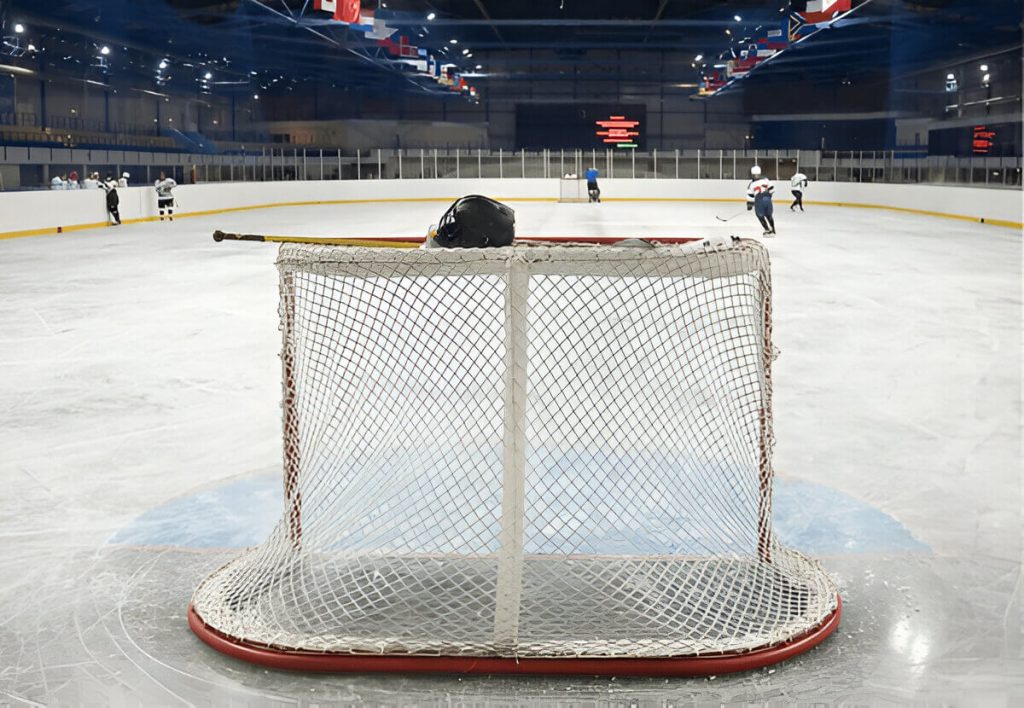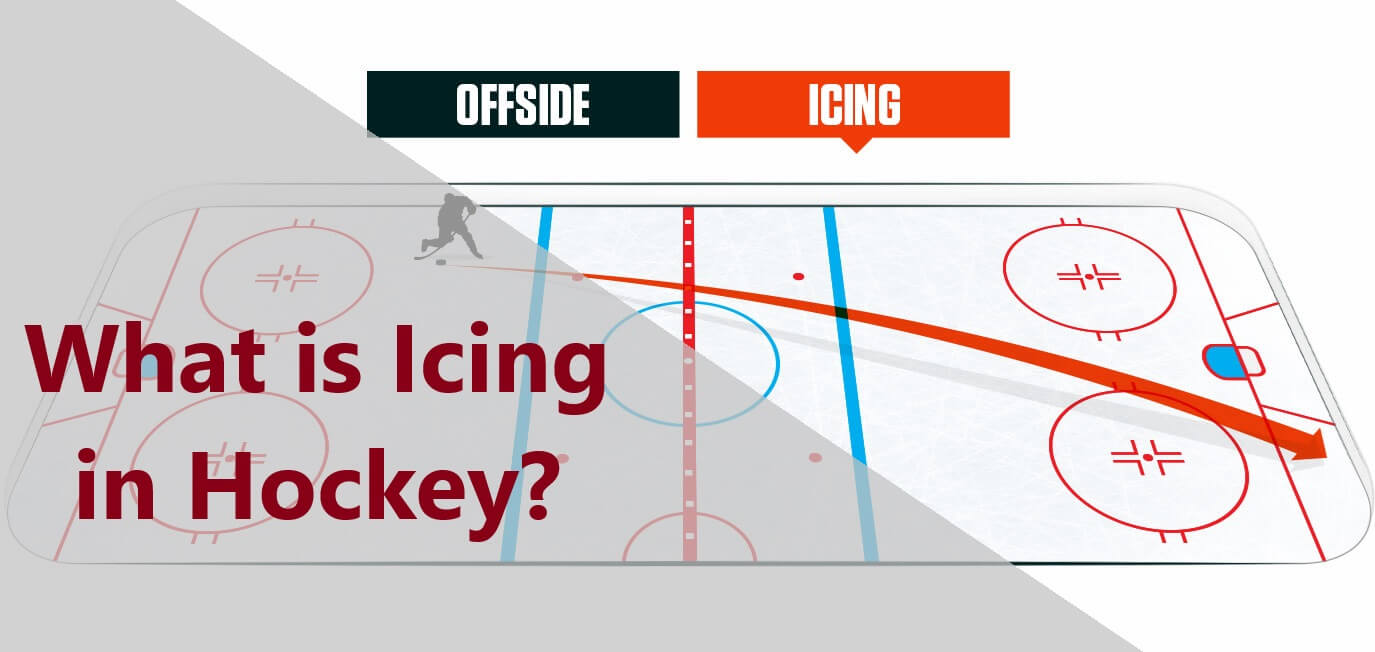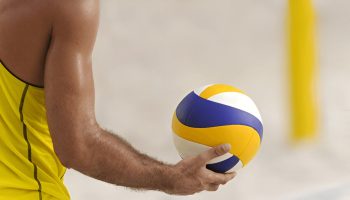In the fast-paced world of ice hockey, understanding the rules is crucial for players and fans. One often confusing rule is icing, a fundamental aspect influencing strategy and outcomes. This guide explores its history, evolution, function in matches, strategic implications, and variations like touch versus no-touch icing. Whether you’re new to hockey or experienced, this guide will enhance your appreciation for this pivotal rule.
The Basics of Icing in Hockey
Icing is a fundamental concept in the world of ice hockey, often encountered by both players and fans. Understanding this rule is essential for anyone looking to grasp the basics of the game. In its simplest form, icing occurs when a player shoots the puck from their side of the center red line across the opposing team’s goal line without it being touched by another player. This play results in a stoppage of play and a face-off in the offending team’s defensive zone.
The primary purpose of this rule is to prevent teams from simply clearing the puck down the ice as a defensive strategy, encouraging more strategic gameplay instead. However, there are exceptions to this rule; for instance, if a team is shorthanded during a penalty kill, icing does not apply.
Understanding icing is part of mastering basic hockey terminology and rules, an important step for anyone diving into Ice Hockey 101. By comprehending these nuances, fans can better appreciate the fast-paced nature and strategic depth that make ice hockey such an exhilarating sport to watch and play.
The History and Evolution of the Icing Rule

The icing rule is a fundamental aspect of hockey that has significantly shaped the dynamics of the game. Understanding its history and evolution provides insight into how the sport has developed over time. The origin of icing in hockey dates back to the early 20th century, when it was introduced to prevent teams from simply dumping the puck down the ice as a defensive tactic, thereby stalling play and reducing scoring opportunities.
Initially implemented in 1937 by the National Hockey League (NHL), the rule aimed to maintain continuous action on the ice, ensuring that games remained engaging for both players and fans. Under this original rule, if a player shot the puck from their side of the center red line across their opponent’s goal line without it being touched, icing would be called, stopping play and resulting in a face-off in their defensive zone.
Over time, adjustments were made to refine how icing was enforced. One significant evolution came with “touch icing,” where players had to physically touch the puck after it crossed into their defensive zone for an icing call to be made. This version increased physical play but also raised safety concerns due to high-speed chases for possession.
In response, many leagues adopted “hybrid icing” rules aimed at balancing safety with fair competition. Hybrid icing allows officials more discretion by blowing an immediate whistle if they determine that an attacking player is unlikely to reach the puck first, a change designed primarily with player safety in mind.
The history of hockey rules continues to evolve as governing bodies strive for improvements that enhance both gameplay quality and player welfare. The evolution of the icing call reflects broader trends within sports toward innovation while preserving traditional elements that define each game’s unique character.
How the Icing Rule Works
Understanding the icing rule in hockey can initially seem complex, but breaking it down helps clarify its mechanics. Icing occurs when a player shoots the puck across both the center red line and the opposing team’s goal line without it being touched. This results in a stoppage of play and a face-off in the offending team’s defensive zone.
The primary purpose of this rule is to prevent teams from simply clearing the puck out of their zone as a time-wasting tactic, thus encouraging more strategic play. An icing call is made when these conditions are met: no player from either team touches the puck before it crosses both lines, and an opposing player (other than the goaltender) is able to reach it first.
However, there are situations where icing may not be called. For instance, if a team is shorthanded due to penalties, they are allowed to ice the puck without penalty as part of their defensive strategy. Additionally, if an opposing player could have reasonably played or intercepted the puck before it crossed into their zone but chose not to do so, officials might waive off icing.
By understanding how icing works in hockey (when it’s called and why) it becomes easier for fans to follow along with game dynamics and appreciate how this rule contributes to maintaining fair play on the ice.
The Impact of Icing on Game Strategy and Player Performance
Icing, a fundamental rule in hockey, significantly influences both game strategy and player performance. Understanding the strategic impact of icing is crucial for teams looking to gain an edge over their opponents. When a team ices the puck, play is stopped, and the face-off returns to their defensive zone. This can be advantageous for the opposing team as it offers an opportunity to apply pressure and potentially score.
From a player’s perspective, tactics with the icing rule involve careful consideration of puck placement and timing. Players must balance between clearing the puck out of their defensive zone under pressure and risking an icing call that could lead to a disadvantageous face-off. Quick decision-making and precise execution are vital in these scenarios.
Coaching strategies for icing situations often focus on maintaining composure under pressure and utilizing line changes effectively. Coaches may emphasize conditioning drills to ensure players have the stamina to withstand prolonged defensive shifts if they cannot change lines after an icing call. Additionally, coaches might develop specific plays designed to win face-offs in their own zone following an icing call, turning potential disadvantages into opportunities.
Touch vs No-Touch and Hybrid Icing Explained (Icing Variations)
In the fast-paced world of hockey, understanding the different types of icing rules is crucial for players and fans alike. Icing can significantly impact the flow of the game, and knowing how each variation works can enhance your appreciation of this dynamic sport.
The traditional rule, known as touch icing, requires a player from the opposing team to physically touch the puck after it crosses both the center red line and the opposing goal line. This rule often leads to intense races for the puck, which can increase excitement but also raise safety concerns due to potential collisions.
To address these safety issues, many leagues have adopted no-touch icing. In this variation, play is stopped immediately once it’s clear that an icing infraction has occurred when a player shoots or passes from behind their own half across both lines without being touched by an opponent. This rule reduces high-speed chases but may slow down game tempo slightly.
A middle ground between these two is hybrid icing. This rule blends elements of both touch and no-touch icing: if a defending player reaches a designated face-off dot before an attacking player in pursuit of an iced puck, play stops automatically (akin to no-touch). However, if it appears that the attacking player will reach it first (or if they are tied) the race continues until one touches it (similar to touch).
Understanding these nuances not only helps fans follow games more closely but also highlights how hockey continues evolving with player safety and competitive balance in mind.
Common Misconceptions About Icing in Hockey and Clarifying the Rules
Icing in hockey is a rule that often confuses both new fans and seasoned spectators alike. At its core, the icing rule is designed to prevent teams from simply dumping the puck down the ice as a defensive tactic, thereby encouraging more strategic play. Despite its straightforward purpose, several misconceptions persist about how icing works.
One common myth is that icing is called whenever the puck crosses both the center line and the opposing goal line without being touched. However, this isn’t always true. The key factor here is whether or not a player from the opposing team could have reasonably played the puck before it crossed their goal line. If they had an opportunity to do so but chose not to, an icing call might not be made.
Another misunderstanding involves which team can negate an icing call. Many believe that any player can nullify icing by touching the puck first, but in fact, it’s only negated if a player from the defending team touches it before anyone else once it crosses their goal line.
Additionally, some fans are unaware of exceptions to these rules, as during power plays when shorthanded teams are allowed to ice the puck without penalty. Understanding these nuances helps clarify misconceptions about hockey rules and ensures a more enjoyable viewing experience.
By debunking these myths and clarifying common mistakes in understanding an icing call, fans can appreciate how this rule contributes to maintaining fast-paced and fair gameplay on ice.
Icing Scenarios (Examples from Real Games to Illustrate Its Application)
In the world of hockey, icing calls can often be pivotal moments that shape the outcome of a game. Understanding these scenarios through real-life examples offers valuable insights into their strategic implications. One famous instance occurred during the 2010 Winter Olympics gold medal game between Canada and the USA. In this high-stakes match, a critical icing call against Team USA in overtime provided Team Canada with an offensive zone faceoff opportunity. This ultimately set the stage for Sidney Crosby’s “Golden Goal,” securing victory for Canada.
Another notable example is found in Game 7 of the 2014 Stanley Cup playoffs between the New York Rangers and Pittsburgh Penguins. Late in the third period, with Pittsburgh trailing by one goal, an icing call against them prevented any line changes and kept fatigued players on the ice during a crucial moment. The Rangers capitalized on this advantage to maintain their lead and win the series.
These instances highlight how icing can influence game dynamics, offering both opportunities and challenges depending on which side of the puck you’re on. Analyzing such moments helps fans and players alike appreciate not just the rules but also their strategic applications within intense competitive environments.
The Role Officials Play in Enforcing the Icing Rule During Matches
In the fast-paced world of ice hockey, the role of officials in enforcing the icing rule is crucial to maintaining the flow and fairness of the game. The icing rule, which occurs when a player shoots the puck across both the center red line and the opposing team’s goal line without it being touched, can be a source of both strategic play and officiating challenges.
Referee duties on calling icings involve keen observation and quick decision-making. Officials must determine whether any player could have reasonably played the puck before it crossed into icing territory. This requires not only an understanding of player positions but also anticipation of their movements. A missed call can lead to unfair advantages or disrupt game momentum, highlighting why precision in these calls is essential.
Officiating challenges with enforcing icings often stem from varying interpretations and split-second judgments required on ice. Factors such as player speed, puck trajectory, and proximity to opponents complicate these decisions further. To aid consistency, referees rely on established guidelines while also using their experience to interpret each unique situation accurately.
In essence, officials play a pivotal role in ensuring that icing calls are made correctly, balancing enforcement with allowing for fluid gameplay. Their ability to manage this aspect effectively contributes significantly to maintaining competitive integrity within matches.
Mastering Your Knowledge About Hockey’s Icing Rule
In conclusion, mastering your understanding of hockey’s icing rule is essential for both players and fans who wish to fully appreciate the dynamics of the game. Icing occurs when a player shoots the puck from their side of the center red line across the opposing team’s goal line without it being touched. This results in a stoppage of play and a face-off in the offending team’s defensive zone. Understanding this rule not only helps in grasping why certain plays are halted but also enhances one’s ability to anticipate strategic moves during a match.
The nuances of icing can vary depending on specific league rules, such as hybrid icing used in some professional leagues, which aims to reduce injuries by allowing officials to call icing based on player positions rather than waiting for them to touch the puck. Being aware of these variations can deepen your appreciation for how teams adapt their strategies accordingly.
By familiarizing yourself with these aspects, you can enjoy hockey at a more sophisticated level, recognizing not just what happens on the ice but why it happens. Whether you’re watching from home or cheering rink-side, this knowledge empowers you to engage more deeply with every thrilling moment that unfolds during a game.





